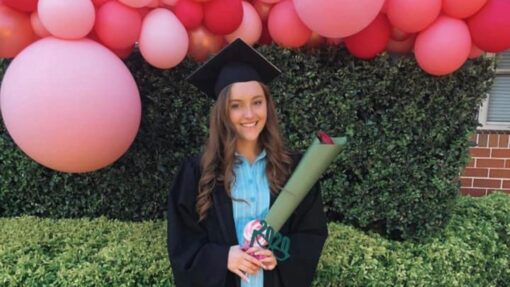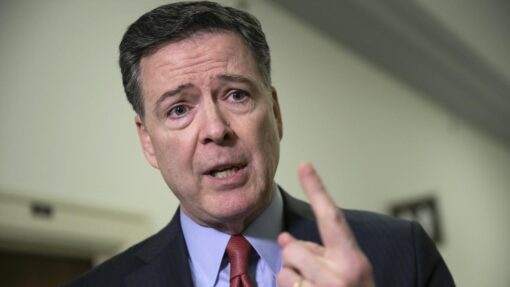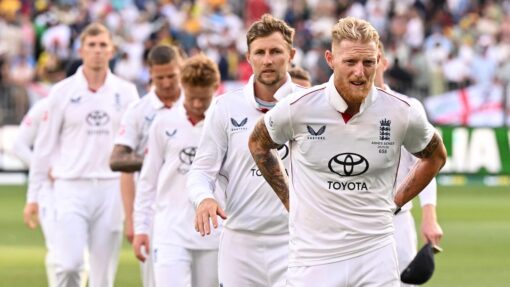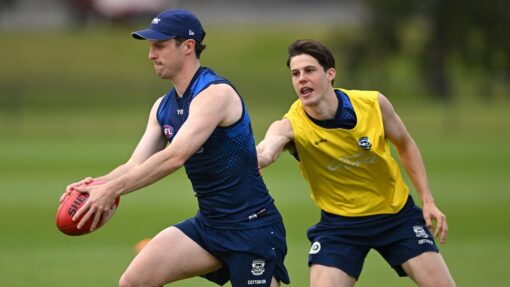Truth-telling urged as governor apologises for massacre
Keira Jenkins |
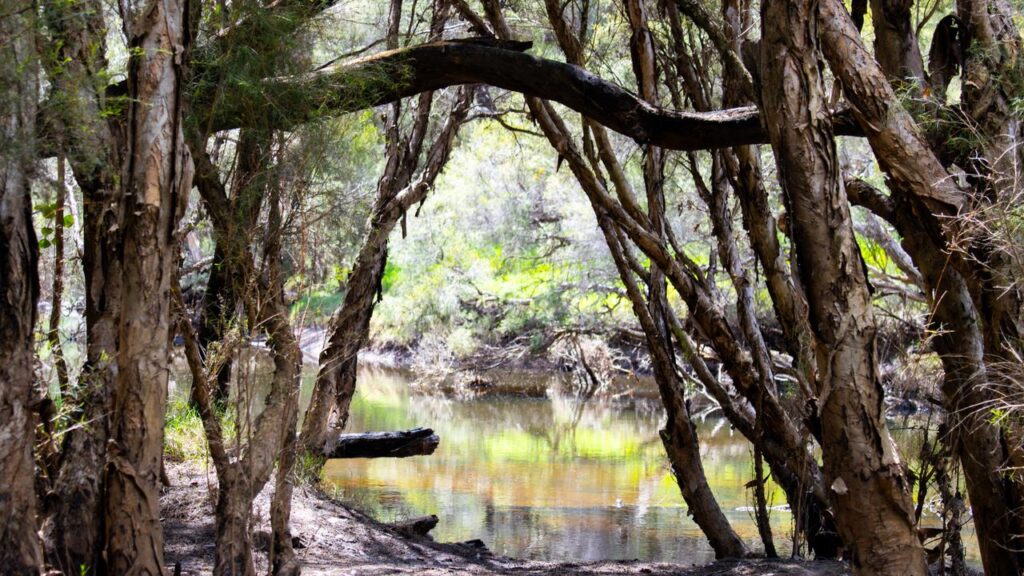
Almost 200 years ago, a state governor led a massacre of at least 15 Aboriginal people.
On Tuesday, Western Australia’s current governor, Chris Dawson, went to the massacre site, south of Perth, with a different intent.
Standing on Country, addressing an emotional memorial service to mark the 191st anniversary of the Pinjarra massacre, Mr Dawson apologised to the Binjareb Noongar people for governor James Stirling’s “dreadful wrongs”.
“I am deeply sorry for the actions of my predecessor and for the pain and suffering he caused,” Mr Dawson told the sombre crowd.
“I say sorry to the Bindjareb people, who still feel the trauma of the punishment inflicted on their ancestors that day, when so many innocent lives were taken.”

In 1834, James Stirling led 25 armed men in the Pinjarra massacre, firing at Bindjareb Noongar men, women and children for an hour.
There had been conflict over land, food sources and livestock between white settlers and Indigenous people, Mr Dawson said.
Mr Stirling’s party had travelled to Pinjarra with the intention of punishing the Bindjareb Noongar people.
A number of landmarks in Western Australia are named after the man behind the bloody massacre, including the Stirling Ranges.

A push by local Noongar people to rename Perth’s Stirling Council was rejected in 2021.
Describing it as a “skirmish”, Mr Stirling’s records say about 15 people were killed that day.
Oral histories place the number much higher, but Mr Dawson said it was impossible to know the exact toll.
The incident was previously known as the “battle of Pinjarra”, but is now widely known as the Pinjarra massacre.

Mr Dawson said Traditional Owners had been waiting to hear the truth of the massacre for more than 190 years.
He tasked his staff with digging up information on the massacre, looking at the primary sources to help get to the heart of this truth.
“The time has come – and the time is right – for the governor to acknowledge the truth of the past actions of a predecessor,” Mr Dawson said.

Before his appointment as governor, Mr Dawson was Western Australia’s police commissioner.
In 2018 he apologised for the force’s treatment of the state’s Aboriginal people.
Mr Dawson on Tuesday presented the Bindjareb Noongar community with a propagated olive tree from the grounds of Government House, which Mr Stirling had planted in 1835.
In return Traditional Owners gifted the governor a native Jarrah tree to plant at Government House.

Mr Dawson said this action, and the apology, would be a step toward meaningful reconciliation.
“My call to all Western Australians, is that we speak the truth,” he said.
“That we do as much as we can to assist in the healing of our community between all people.
“That we grow in unison to make us stronger, resilient and be a land and a people of faith, hope and love for our present and our future generations.”
AAP